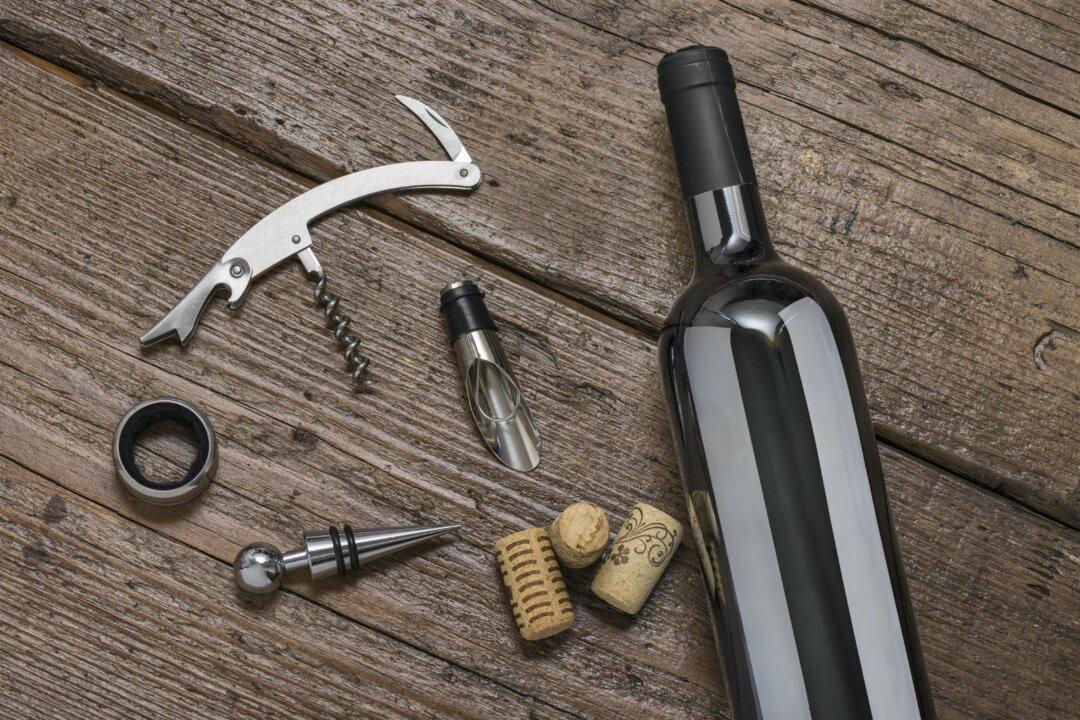Wine lore says that the cork, which comes from the bark of the cork oak tree, may first have been used to seal wine bottles by the Benedictine monk Dom Pérignon, replacing wooden stoppers in about 1670.
This advance then led to the development of literally dozens of gadgets designed to remove them from bottles.





